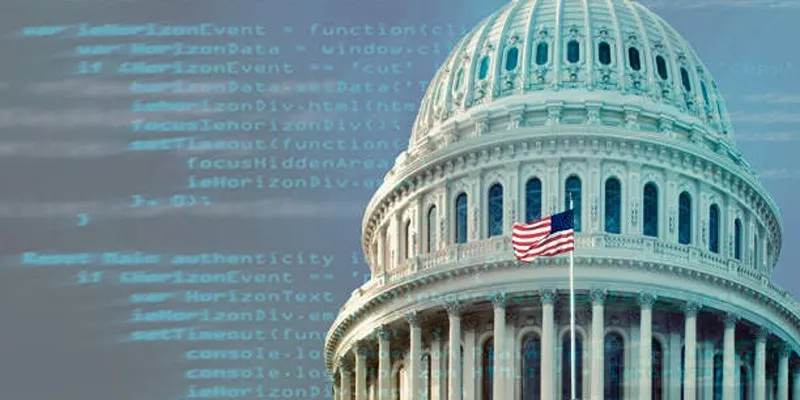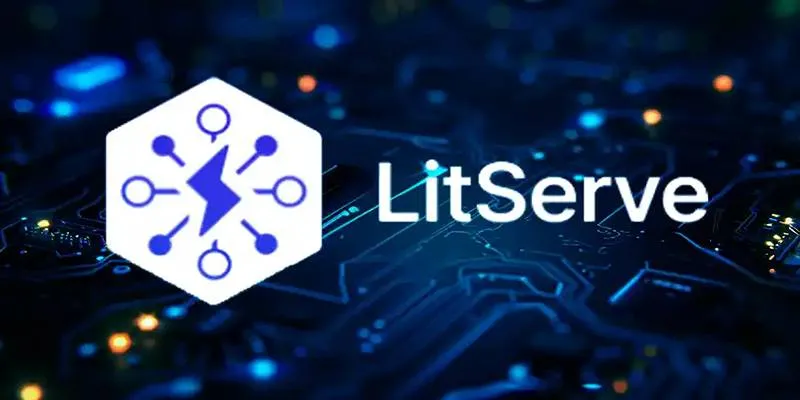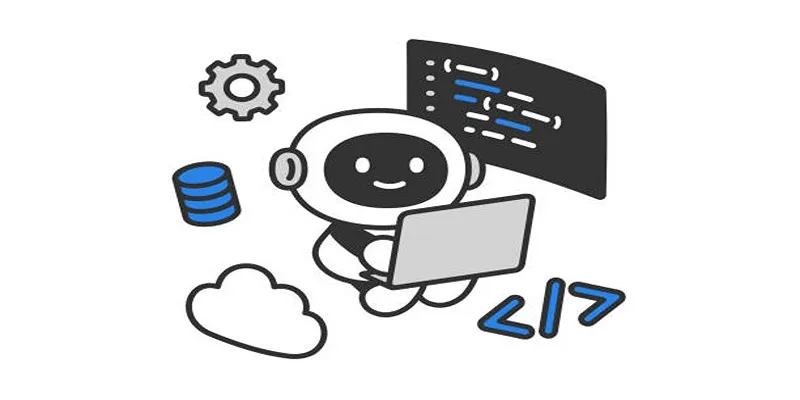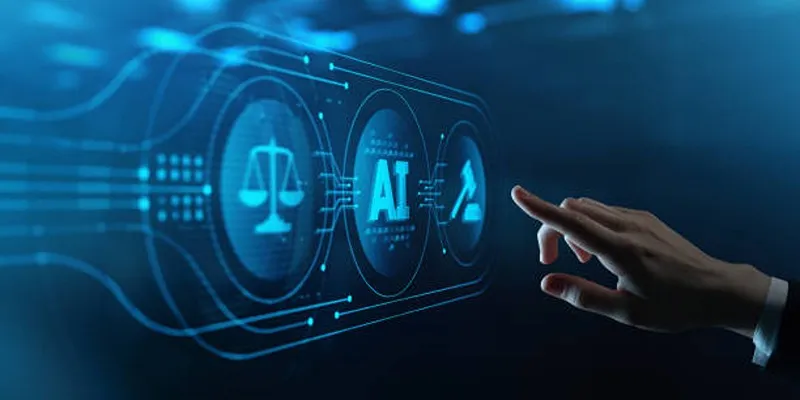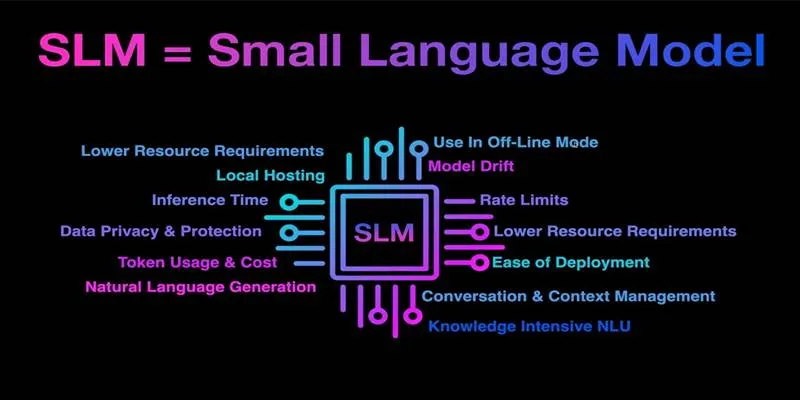Artificial intelligence is increasingly becoming an integral part of our lives—impacting how we work, shop, communicate, and even how decisions about us are made. However, as AI continues to expand its presence, it poses significant questions, particularly about who should oversee ensuring its safety, fairness, and control.
Regulating AI goes beyond just technical policies or government regulations. It’s about determining how much power we are willing to entrust to these systems and who gets to make these crucial decisions. If we don’t address these questions now, we risk having decisions made for us with minimal input.
Why Do We Even Need AI Regulation?
There’s a common belief that technology will naturally evolve, and society will adapt along the way. But AI has already demonstrated that it can advance faster than we can keep up. When AI goes wrong, tracing the issue isn’t always straightforward, and often, the damage is done before anyone notices.
Consider facial recognition, for example. Some systems struggle to accurately identify people with darker skin tones. If law enforcement relies on these systems and a misidentification occurs, the consequences extend beyond technology—they become personal, legal, and social issues.
Another concern is bias. AI learns from data, and if that data is biased—as it often is—then AI perpetuates those patterns. Since these systems usually operate in the background, people might be unaware of the bias affecting outcomes.
AI is also utilized in critical areas like healthcare and finance, where erroneous decisions can lead to denied loans or delayed medical treatments. Thus, the need for regulation isn’t just a consideration; it’s already overdue.
Who Should Be in Charge?
Determining that AI should be regulated is one thing; deciding who should regulate it is another challenge.
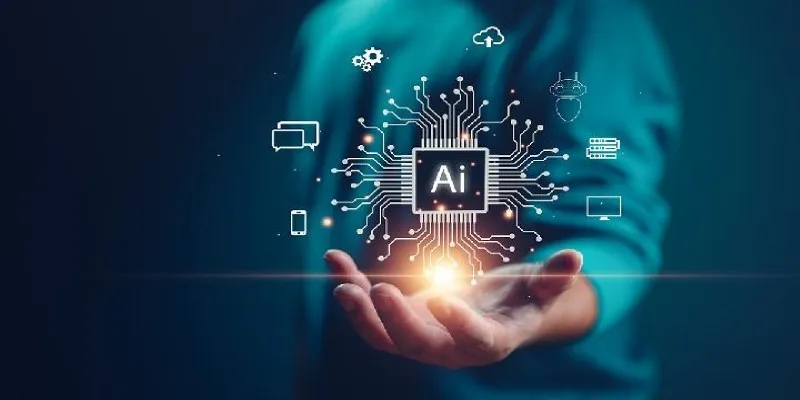
Governments
Governments are an obvious choice. Elected officials are expected to act in the public’s best interest, with laws serving to set societal boundaries. Some governments are already moving towards regulation. The European Union, for example, is working on rules to classify AI systems by risk level, setting varying requirements based on usage.
However, laws can be slow to pass and even slower to adapt. Some politicians may not fully grasp the technology they aim to regulate. Additionally, disparate approaches across countries could create complications for global companies.
Tech Companies
Then there’s the tech industry itself. Companies like Google, Microsoft, and OpenAI have established guidelines and internal ethics boards. While commendable, critics highlight a conflict of interest: these companies profit from AI, and self-regulation might not suffice. It’s akin to letting players referee their own game.
Independent Bodies and Standards Organizations
Some advocate for independent organizations—entities not tied to specific companies or governments. These could include universities, global coalitions, or non-profits focused on fairness and human rights. While these groups can offer objectivity, without enforcement power, they might only provide suggestions.
International Collaboration
AI transcends borders; a model trained in one country can be applied worldwide. Thus, international cooperation could be beneficial, similar to global efforts on climate change or trade. However, aligning priorities across nations presents challenges. Privacy might be prioritized by some, while others focus on economic growth, and distrust can turn cooperation into competition swiftly.
What Would Good AI Regulation Actually Look Like?
Effective regulation shouldn’t be a one-size-fits-all rule. AI’s diverse applications necessitate tailored approaches. However, several principles can guide regulation.
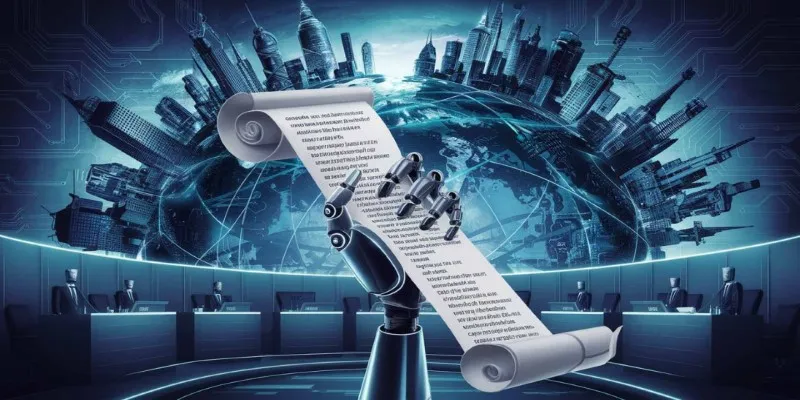
Transparency
People should be aware when interacting with AI and understand decision-making processes. While not everyone needs a machine learning PhD, there should be clear explanations of system functionality, training, and data usage.
Accountability
Responsibility should be clear when issues arise. Decision-makers should be identifiable, able to explain their choices, and ready to rectify mistakes.
Privacy Protection
AI often relies on vast personal data. There need to be clear rules regarding data collection, storage, and usage to prevent excessive information sharing.
Bias Testing
AI systems should undergo bias testing before deployment. Disparities in model outcomes for different groups should be addressed—not ignored.
Clear Red Lines
Certain AI applications might not be worth the risk. For instance, using AI to predict future crimes or score behaviors raises ethical concerns. Effective regulation involves recognizing when to say no.
Closing Thoughts
AI is no longer science fiction; it’s a present reality. While AI holds potential for improving efficiency and convenience, it also poses significant risks. Developing without oversight is akin to building a bridge without weight checks—it’s bound to collapse eventually. Regulation is not about fear; it’s about responsibility.
So, who should regulate AI? The honest answer involves a combination of government legal power, independent ethical oversight, and technical expertise from companies. It’s not about choosing one entity; it’s about ensuring no single group has the final say.
 zfn9
zfn9








